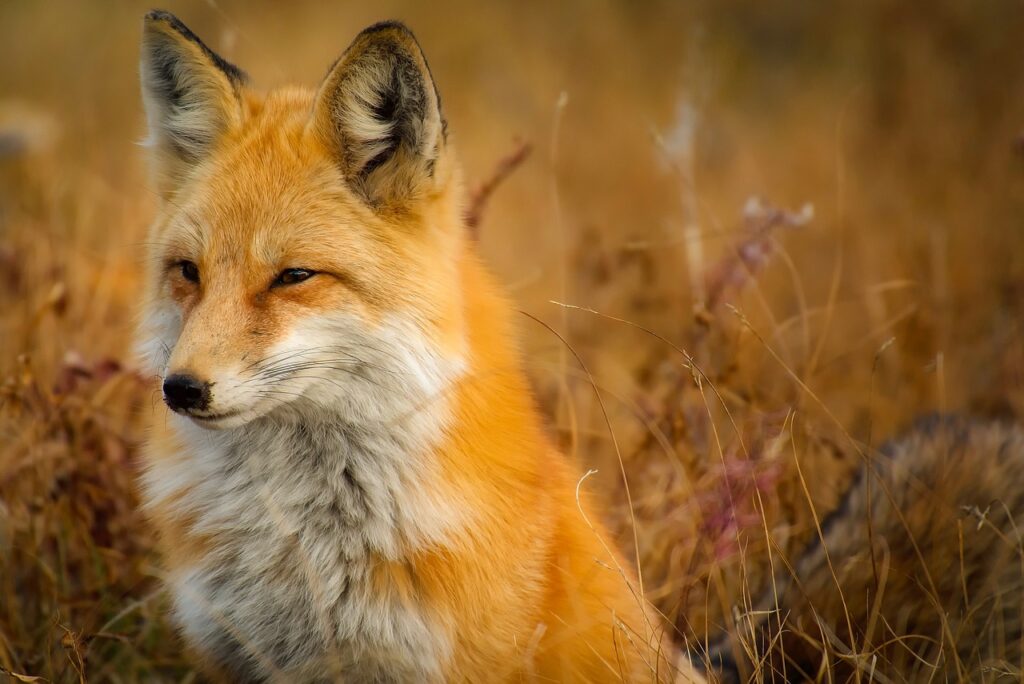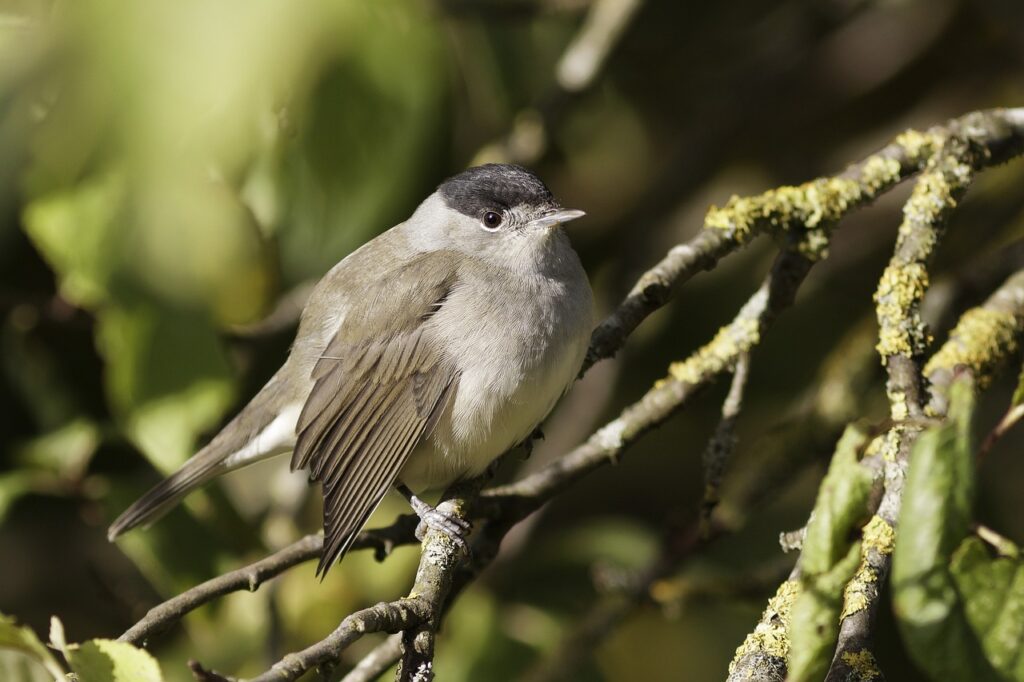In a groundbreaking development, researchers have harnessed arrays of AI-controlled cameras and microphones to revolutionize wildlife monitoring, offering a potential solution to Britain’s escalating biodiversity challenges.
Testing their innovation across three distinct sites, the team successfully captured a trove of sounds and images. Utilizing sophisticated computer algorithms, these recordings were transformed into invaluable data for identifying specific species and tracking their movements. Astonishingly, a diverse array of bird species was accurately recognized by their unique songs, while AI analysis pinpointed and classified creatures such as foxes, deer, hedgehogs, and bats. What’s remarkable is that human intervention played no role in these observations.

Anthony Dancer, a conservation specialist affiliated with the Zoological Society of London (ZSL), emphasized the seismic impact of this venture, highlighting the scale achieved. “We’ve amassed tens of thousands of data files and countless hours of audio from these test locations, unveiling a myriad of animals. Such a large-scale operation would have been implausible with human observers; only AI has made this possible,” he underscored.
The chosen test sites, situated alongside rail lines at Barnes, Twickenham, and Lewisham in London, were handpicked due to their relative seclusion and limited access, courtesy of Network Rail’s ownership. These locations served as an ideal starting point, minimally affected by human interference and sporadic maintenance activities.
Network Rail, a pivotal collaborator in this endeavor, manages over 52,000 hectares of land, many of which serve as crucial biodiversity hotspots. Neil Strong, the biodiversity strategy manager at Network Rail, highlighted AI’s success in detecting avian species like the Eurasian blackcap, blackbird, and great tit through acoustic signals. These discoveries not only provide promising benchmarks for future biodiversity assessments but also underscore the vital role that these rail-line ecosystems play in supporting wildlife.

AI-equipped monitors further unveiled the presence of six bat species, including the common pipistrelle. Dancer revealed that these monitors shed light on bats’ potential utilization of railway bridges for roosting, enabling the collection of detailed roosting location data for conservation efforts.
Strong echoed the significance of AI-monitored hedgehog highways, an initiative initiated in Scotland to ensure the passage of hedgehogs while preventing larger animals from entering. This ingenious solution tackles hedgehogs’ constrained mobility caused by fencing.

Buoyed by the project’s success, ZSL and Network Rail are preparing to extend AI monitoring to new regions such as Chobham in Surrey and the New Forest. Dancer expressed pleasant surprise at the substantial wildlife diversity found at London’s test sites. However, he emphasized that the primary objective was to demonstrate AI’s efficacy in wildlife surveys, facilitated by acoustic and camera traps. This holistic approach holds the promise of uncovering species’ responses to climate change and informing vegetation management, not just adjacent to rail lines but across various habitats.
In a warming world, the role of machine learning, particularly AI, in safeguarding biodiversity becomes paramount. Strong stressed the need for processing extensive hours of recordings and countless images, a task best suited for computers. “Realistically, only computers can do that for us,” he concluded, underscoring AI’s indispensable role in preserving the nation’s precious biodiversity.